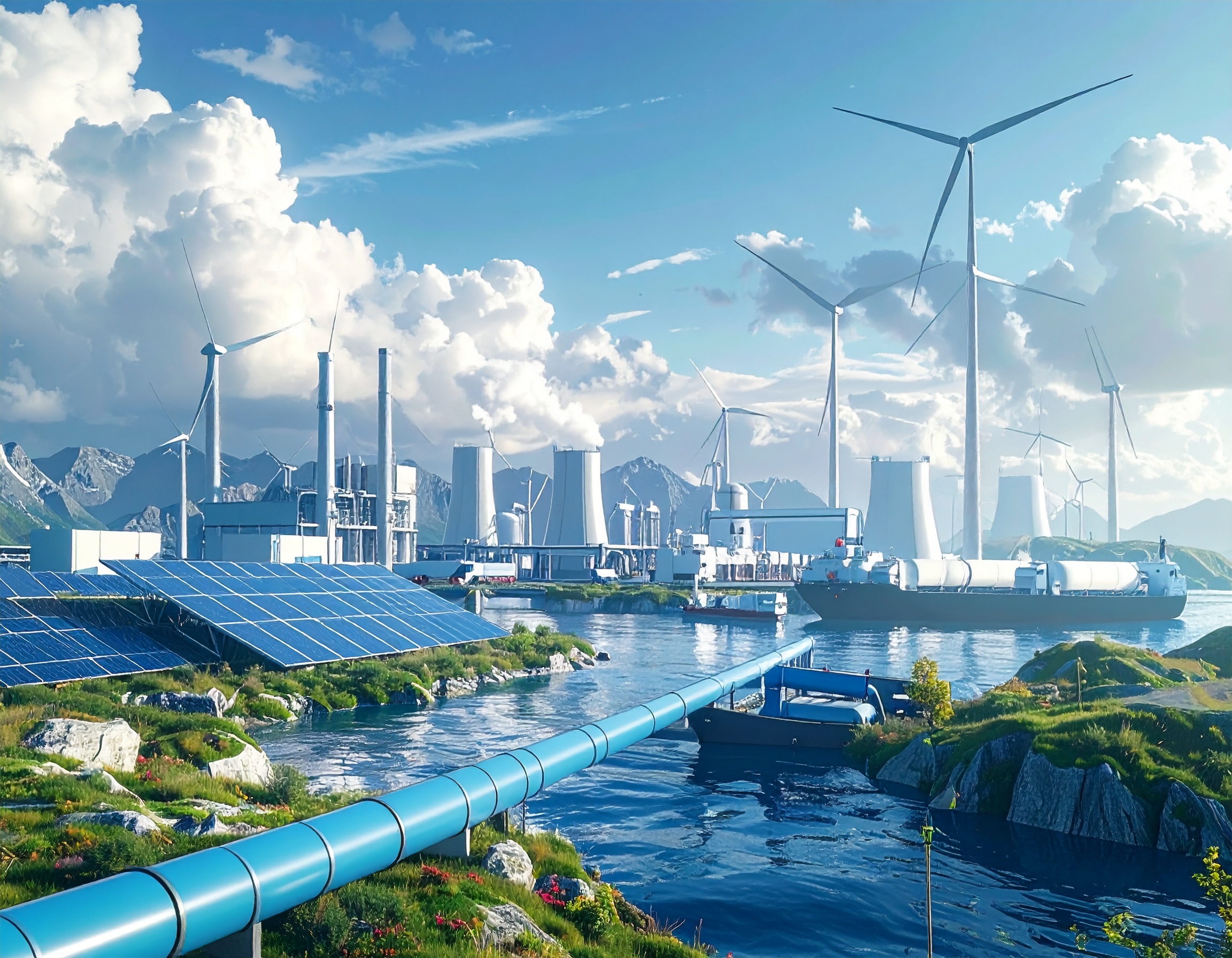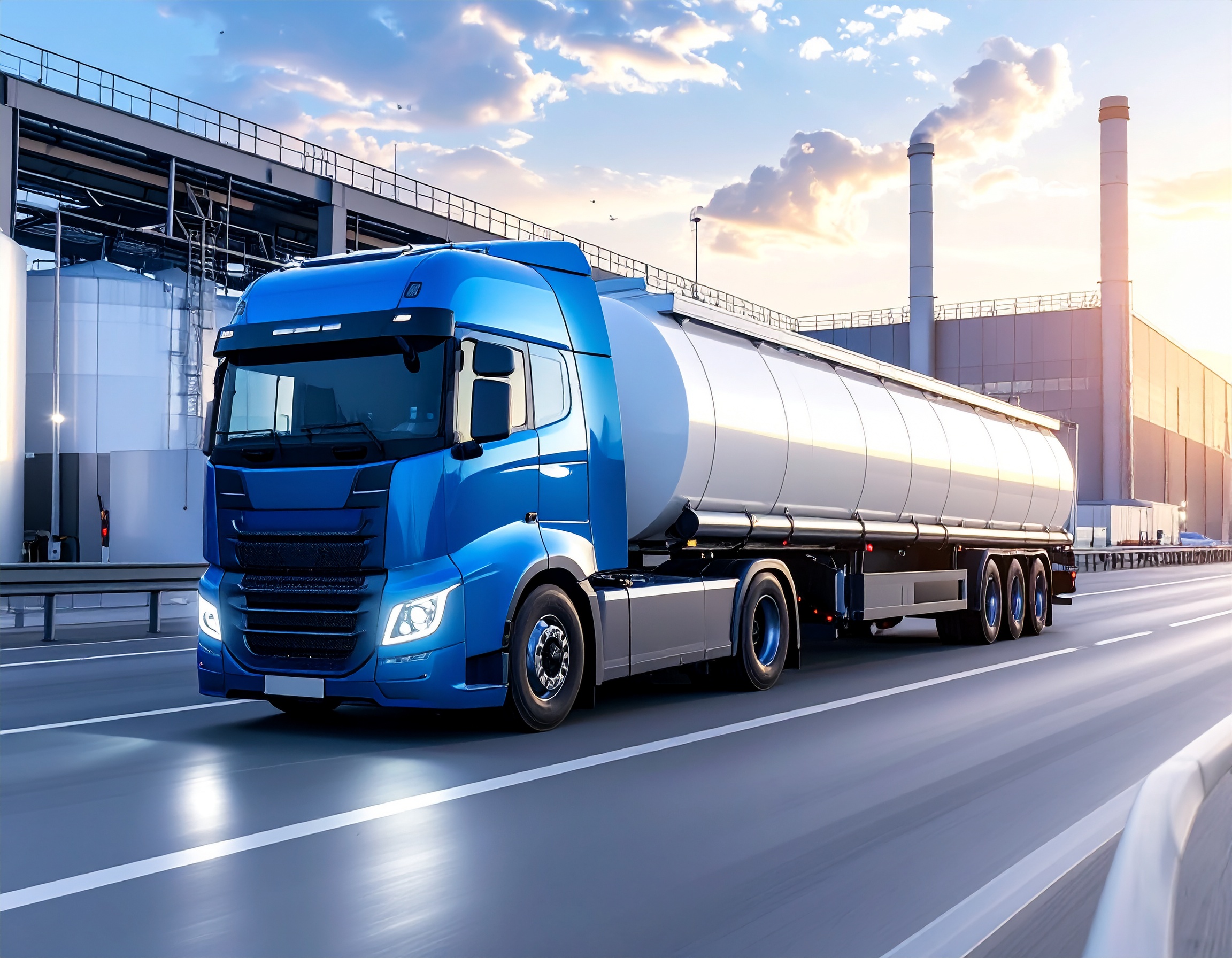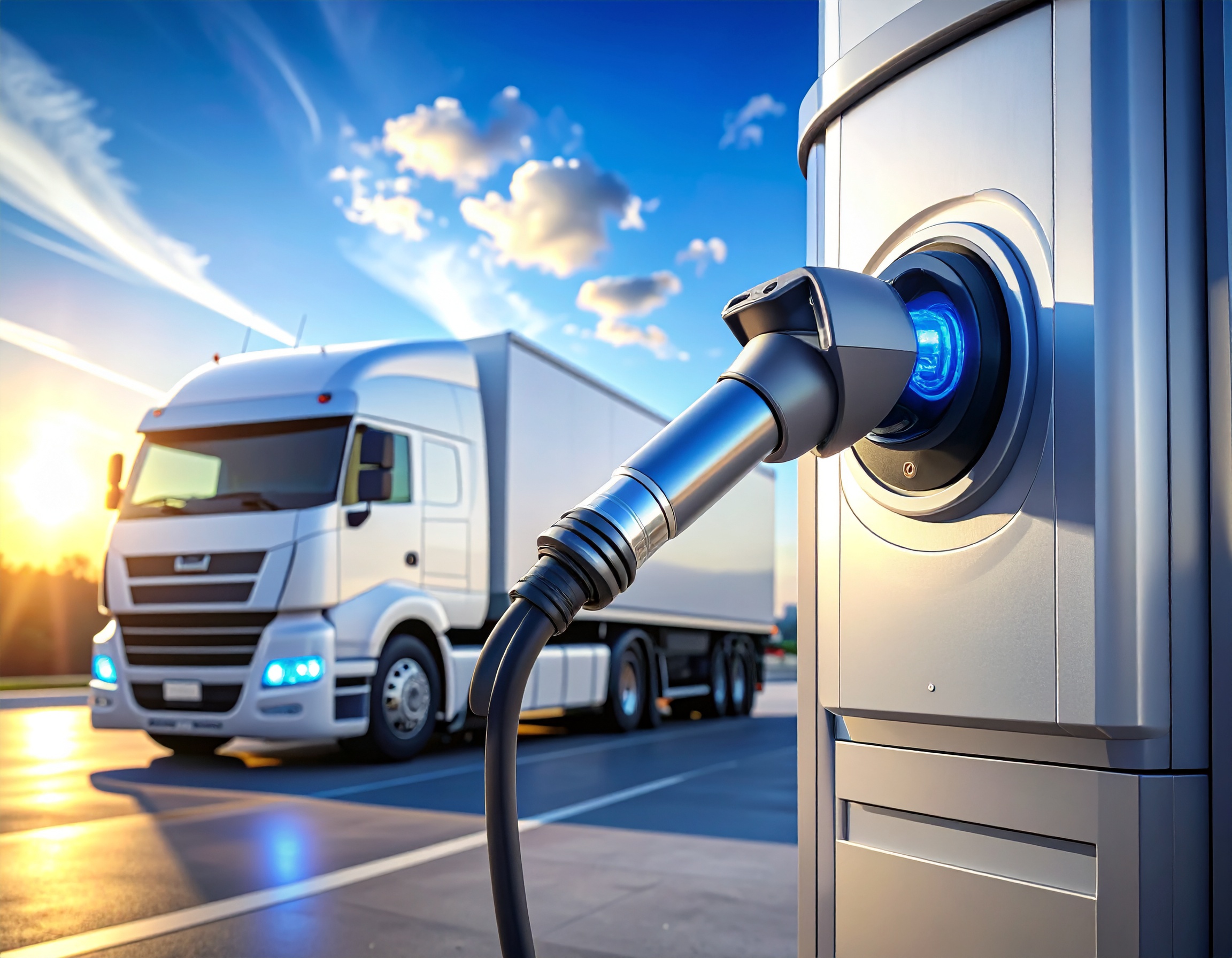EU Advances Renewable and Low-Carbon Hydrogen to Power a Cleaner Future

The European Union is accelerating efforts to achieve net-zero greenhouse gas emissions by 2050, and renewable and low-carbon hydrogen is set to play a key role in transforming Europe’s energy system.
Certain sectors, including heavy industry and transport, remain difficult to electrify directly. Steel and cement production, ammonia for fertilisers, and heavy-duty transport like trucks, ships, and airplanes still rely heavily on fossil fuels. Hydrogen offers a clean, versatile solution that can replace fossil fuels in these energy-intensive areas, supporting a secure, sustainable, and affordable energy future.
By 2050, hydrogen is projected to meet around 10% of the EU’s energy demand, up from less than 2% in 2022. Hydrogen, derived sustainably from water electrolysis powered by renewable energy, is a fully decarbonized gas, producing only electricity and water when used in fuel cells. Expanding clean hydrogen production and linking it to renewable electricity is crucial for meeting Europe’s climate targets.
Transport and Industrial Clusters
Hydrogen can be transported in compressed or liquefied form, depending on distance and usage. For long-distance shipping, ammonia—a derivative of hydrogen used in fertilizers—provides an efficient option, though safety challenges remain.
Looking ahead, Europe envisions a network of hydrogen pipelines connecting production sites to industrial clusters and end-users. Known as “Hydrogen Valleys,” these clusters allow hydrogen to be produced, stored, and consumed locally. The EU has already supported over 20 Hydrogen Valleys, providing funding, advisory services, and guidance to accelerate deployment.
Hydrogen as a Fuel and Feedstock
Hydrogen is a versatile energy carrier. It can be converted into synthetic fuels, including e-methanol, synthetic methane, or kerosene, by combining with captured CO₂. Hydrogen derivatives, such as e-ammonia, also play a critical role in producing fertilizers sustainably.
Beyond industrial uses, hydrogen enhances energy security. It allows large-scale electricity storage, balancing renewable energy supply and stabilizing energy prices. Integrating hydrogen across sectors creates a more flexible and resilient energy system.
Building Supply Chains and Infrastructure
Producing clean hydrogen at scale requires strong supply chains and reliable access to renewable electricity. Electrolysers, which split water into hydrogen and oxygen, depend on over 40 raw materials, including platinum-group metals and iridium. Global suppliers, such as China and South Africa, currently dominate these resources. By 2030, the EU aims to capture 20% of global electrolyser manufacturing capacity, strengthening domestic production.
Key challenges to scaling hydrogen include creating demand, building transport and storage infrastructure, and securing affordable renewable electricity. EU policies aim to overcome these barriers, setting binding targets for renewable hydrogen in industry and transport by 2030.
EU Support and Funding
The EU is actively funding hydrogen projects, with initiatives such as the Hydrogen Bank, renewable hydrogen auctions under the Innovation Fund, and the Hydrogen Mechanism, which supports infrastructure development, market growth, and de-risking investments. Across Europe, a portfolio of hydrogen projects receives €5.6 billion in EU funding, connecting supply and demand to accelerate market adoption.
Hydrogen is no longer a future promise—it is a key driver for Europe’s transition to clean energy, offering solutions for industry, transport, and energy security while supporting climate goals.

